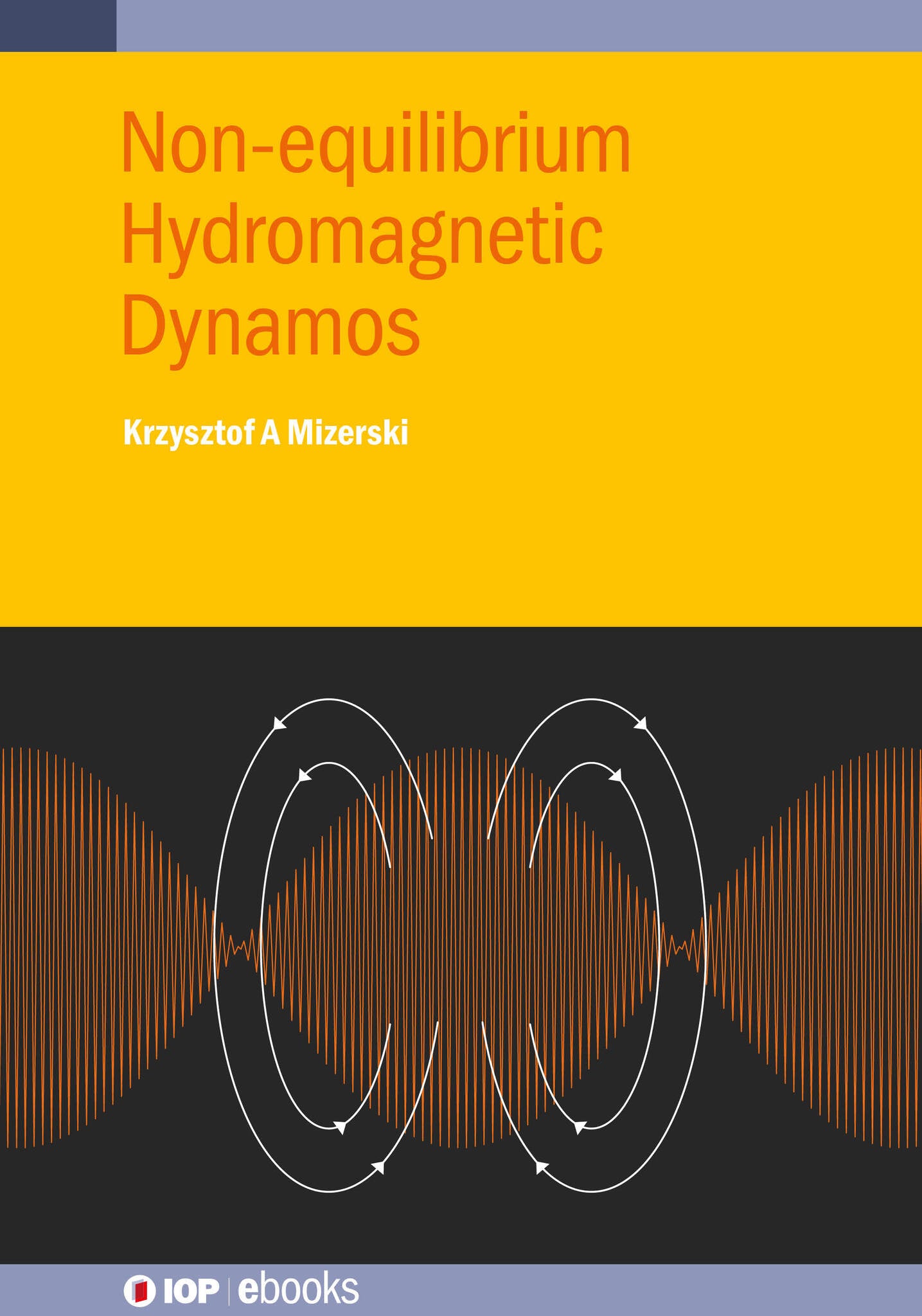We're sorry. An error has occurred
Please cancel or retry.
Non-equilibrium Hydromagnetic Dynamos

Some error occured while loading the Quick View. Please close the Quick View and try reloading the page.
Couldn't load pickup availability
- Format:
-
20 December 2023

This book reviews and synthesizes recent findings concerning the dynamo effect of beating waves in a turbulent wave field and non-stationary dynamo effect associated with history of evolution of turbulent kinetic and cross helicities. The latter one is based on coexistence of the kinetic and cross helicities in plasma turbulence. Moreover, the physical picture of the non-equilibrium dynamo effect brings in a possible natural interpretation of the phenomenon of magnetic excursions and reversals in natural systems such as the Earth's core, as described in chapter 3. The most important aim of this book is to explain and emphasize the versatile role of non-equilibrium effects in turbulent hydromagnetic dynamos, hitherto typically neglected.
Key Features:
- Provides a complete, concise dynamical picture of the hydromagnetic dynamo process generated by non-equilibrium turbulence.
- Emphasizes the role of non-diffusive large-scale dynamo mechanisms
- Provides a possible natural interpretation of the phenomenon of magnetic excursions and reversals in natural systems, such as the Earth, through the non-equilibrium dynamo mechanism, which leads to long-term oscillations of turbulent transport coefficients.
- Emphasizes the existence of a variety of distinct dynamical effects leading to mean-field dynamo in fully developed, strongly nonlinear turbulence.

SCIENCE / Mechanics / Hydrodynamics, Physics: Fluid mechanics, SCIENCE / Physics / Geophysics, SCIENCE / Physics / Astrophysics, Geophysics, Theoretical and mathematical astronomy

Preface
Acknowledgements
Author biography
Symbols
1 The equations of magnetohydrodynamics
1.1 The Navier–Stokes equation—momentum balance
1.2 The induction equation—magnetic field evolution
References
2 The essentials of mean-field turbulent dynamo theory
2.1 The turbulent electromotive force (EMF)
2.1.1 Production of fluctuational helicities
2.2 Effects of non-equilibrium turbulence in formation of the EMF—simplified picture
References
3 Weak turbulence: effect of beating waves
3.1 Lehnert waves
3.2 Waves forced at two distinct frequencies
3.2.1 Mean EMF induced by forced beating waves
3.2.2 Dynamo action from beating waves
3.3 The effect of long-time oscillations of the α-effect and the turbulent magnetic diffusivity on magnetic energy evolution
3.3.1 Simple kinematic theory for homogeneous turbulence 3-19 3.3.2 Dynamic theory
3.3.3 Discussion
3.3.4 Nonlinear effects of the Lorentz force
3.4 Non-equilibrium dynamo effects in low-resistivity plasma of interstellar medium (ISM) and active galactic nuclei (AGN)
References
4 The effect of nonlinear dynamics—weakly nonlinear renormalization group analysis
4.1 Dynamical equations
4.2 The α-effect in weak turbulence with weak seed field
4.2.1 Energy time evolution in weak turbulence
4.3 Renormalization procedure of the MHD equations
4.3.1 The recursion differential equations
4.3.2 Role of diffusivities
4.4 Mean field dynamics
4.4.1 Force-free mode, J ∝ B
4.5 Summary of main results
References
5 Non-equilibrium turbulent dynamo from joint action and evolutional history of cross- and kinetic helicities
5.1 Outline of the TSDIA approach
5.1.1 The Green’s response functions
5.1.2 Statistical properties of the homogeneous and isotropic background turbulence
5.2 The large-scale electromotive force and the α-effect
5.2.1 Physical features of the non-equilibrium αX neq-effect
5.2.2 Further calculation of the αX neq-effect; Taylor (1921) ansatz for correlation functions
5.3 Coexistence of the kinetic and cross-helicities in turbulence
5.4 Summary
References
6 Potential applications in tokamak research
References



